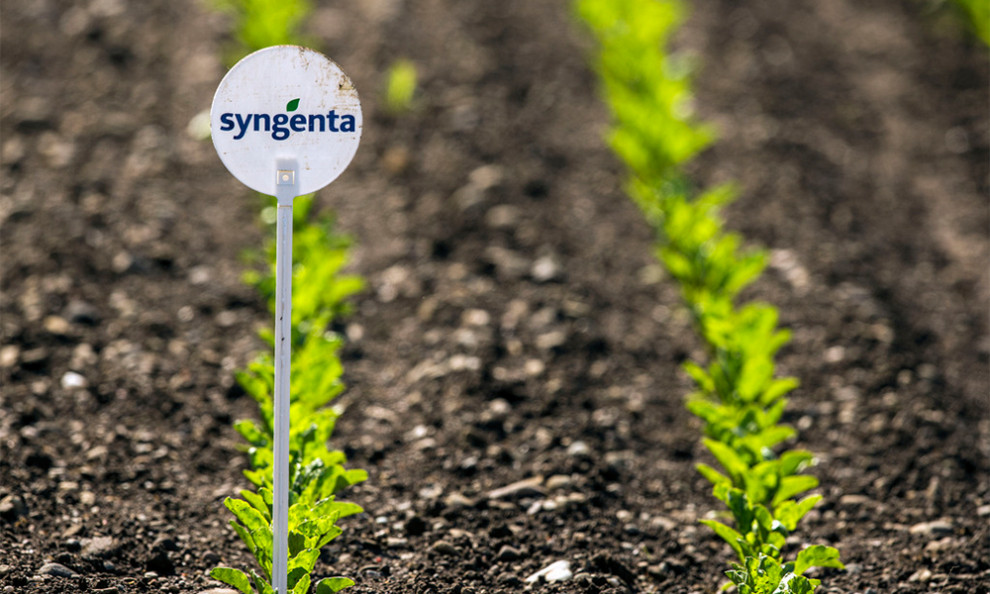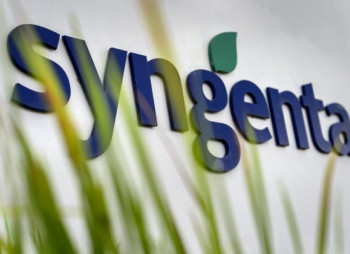The boards of directors of Novartis AG (Basel, Switzerland) and AstraZeneca PLC (London) have unanimously agreed to spin off and merge Novartis' Crop Protection and Seeds businesses and Zeneca Agrochemicals to create Syngenta AG, an agribusiness company with combined 1998 sales of US$7.9 billion. The new company will be headquartered in Basel, Switzerland.
Under terms of the agreement, which is subject to shareholder and regulatory approval, Novartis shareholders will receive 61% of the shares of Syngenta, and AstraZeneca shareholders will receive 39%. Novartis and AstraZeneca expect the merger to be completed in the second half of 2000.
Upon completion of the merger, Heinz Imhof, currently head of Novartis' Agribusiness, will become chairman of the new company; Michael Pragnell, presently CEO of Zeneca Agrochemicals, will become Syngenta's CEO.
"The Agribusiness of Novartis and Zeneca Agrochemicals are an ideal fit with complementary product portfolios and a strong international sales and marketing culture," Pragnell said. "Syngenta's unique focus and its outstanding science base will enable it to enhance value creation in agriculture at a time of substantial industry change."
Also commenting on the deal, Novartis chairman and CEO Daniel Vasella, said: "The launch of Syngenta creates the first global dedicated agribusiness company, a leader in its industry that will be well positioned for profitable growth. This transaction is part of Novartis' strategy to focus on its Healthcare business portfolio. We have an outstanding outlook based on our rich and promising pipeline and our strong technology platform."
Syngenta management expects that the merger will generate net annual pre-tax cost savings of approximately US$525 million per year. Approximately 40% of the total savings will come from a rationalization of selling, general, and administrative expenses; the other 60% will come from leveraging the combined R&D platform and rationalization of manufacturing, supply, and distribution. These estimates include a reduction of approximately 3,000 jobs in the combined worldwide Crop Protection employee base over the three years following completion of the merger.






